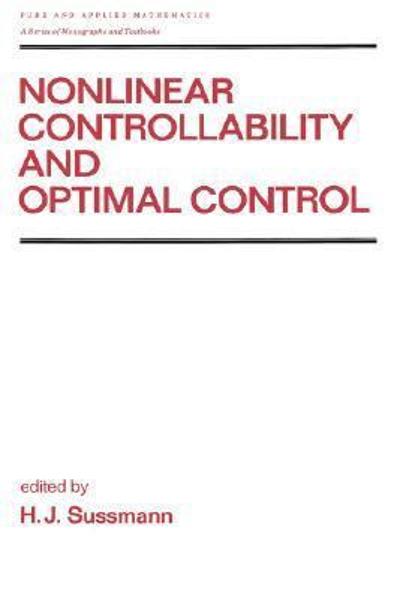Answered step by step
Verified Expert Solution
Question
1 Approved Answer
(key Q16) Hello, could someone kindly assist me in providing detailed answer to these questions? Please describe as much as details you have. Please don't



(key Q16)
Hello, could someone kindly assist me in providing detailed answer to these questions? Please describe as much as details you have. Please don't waste my time or money if you can't help me. I already reported someone for answering my question incorrectly. If you can't help, please let someone else. I'm grateful.
please help me with these questions i have been struggling so much please if possible can you provide me step by step. thank you



Step by Step Solution
There are 3 Steps involved in it
Step: 1

Get Instant Access to Expert-Tailored Solutions
See step-by-step solutions with expert insights and AI powered tools for academic success
Step: 2

Step: 3

Ace Your Homework with AI
Get the answers you need in no time with our AI-driven, step-by-step assistance
Get Started


